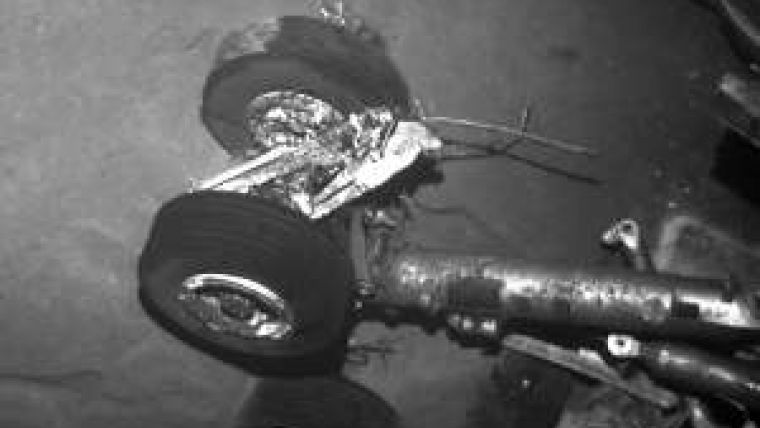AUV Finds Air France Flight 447 off Brazil
The wreckage of Air France Flight 447 has been found by AUV some 3,900 metres, or nearly 2.5 miles below the surface of the Atlantic Ocean. A search team led by the Woods Hole Oceanographic Institution (WHOI, USA) located the downed plane off Brazil’s northeastern coast.
The team left the port of Suape, Brazil, aboard the vessel Alucia on March 22,arriving at the search site on March 25. After one week of searching, one ofthe mission’s three autonomous underwater vehicles (AUVs), the REMUS 6000s,detected debris on the seafloor. A second vehicle was dispatched to the areafor more detailed sonar mapping and photographic imaging. The images it broughtback were relayed to BEA, French air safety investigation authority, whichidentified the wreckage as the Airbus A 330. All three REMUS vehicles arecurrently mapping the area to get a comprehensive view of the accident site.
Flight 447, a scheduled commercial flight from Rio de Jeneiro to Paris, crashedinto the Atlantic Ocean on June 1, 2009, carrying 216 passengers and 12 crewmembers. WHOI led the search under the direction of the BEA, Bureaud’Enquêtes et d’Analyses.
The search mission was the fourth attempt to locate the aircraft. WHOI alsoparticipated in the third search effort. WHOI Senior Engineer Mike Purcell wasthe chief of sea search operations for the mission.
“We were confident from phase three [the last search attempt] that if wewere searching in the right area, the vehicles’ sonar could pick out theaircraft,” said David Gallo, the project leader at WHOI.
That success came just one week into the latest mission “attests to theefficiency of the vehicles and the competence of this team,” said Purcell.
Images included photos of the fuselage, engine and landing gear and a sonarimage of the crash area. Investigators plan to examine the wreckage indetail and to continue to search for the plane’s flight recorders.
The search was targeted in an area of about 3,900 square miles (10,000 squarekilometers), several hundred miles off northeastern Brazil. The remains were found at about 6 miles from the last known location of the aircraft.
The REMUS 6000s are designed and operated by WHOI. Two of the vehicles areowned by the Waitt Institute for Discovery; the third is owned and operated byLeibniz Institute for Marine Sciences IFM-GEOMAR of Germany. Thesevehicles are designed to operate in depths up to 6,000 meters (19,685 feet or3.73 miles). They were equipped with Edgetech 120kHz side-scan sonar and were able to take pictures, according to Hydroid CEO Christopher von Alt who confirmed this during Ocean Business in Southampton.
Image top: Landing gear from Air France Flight 447 photographed from a REMUS 6000autonomous underwater vehicle (AUV).
Image below: the side-scan sonar image of the region, showing the fuselage in a 600 * 200m area.
The BEA did not show images of any bodies. French officials said identifiable bodies have been found, but would not say how many or further comment out of respect for the victims' families.
Fifty bodies were found during the first phase of the search in 2009, along with more than 600 pieces of the plane scattered on the sea. No bodies or debris have been found since, until now.














